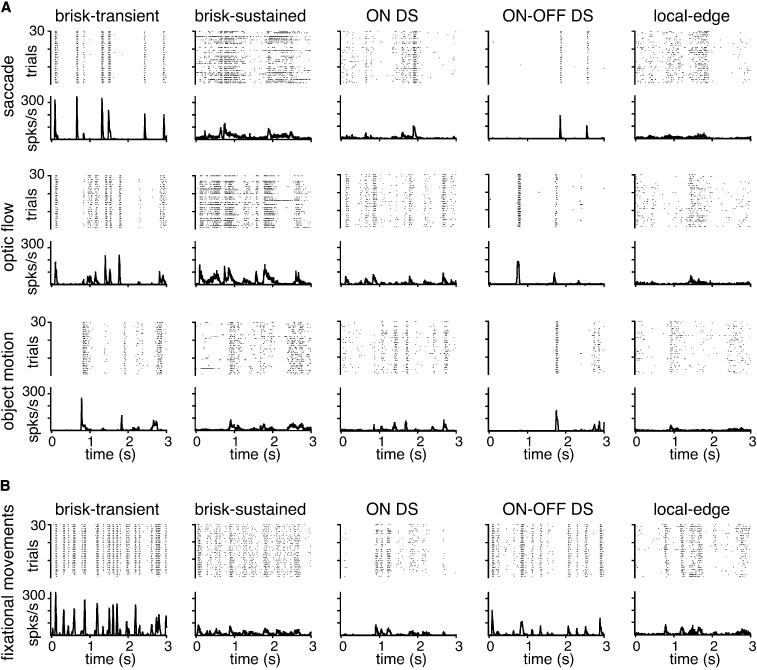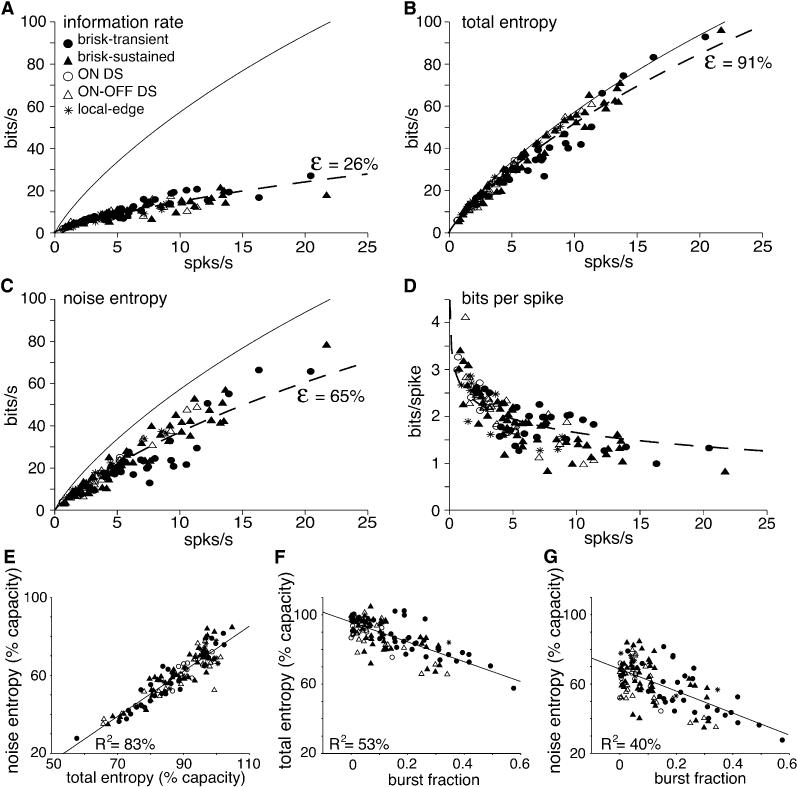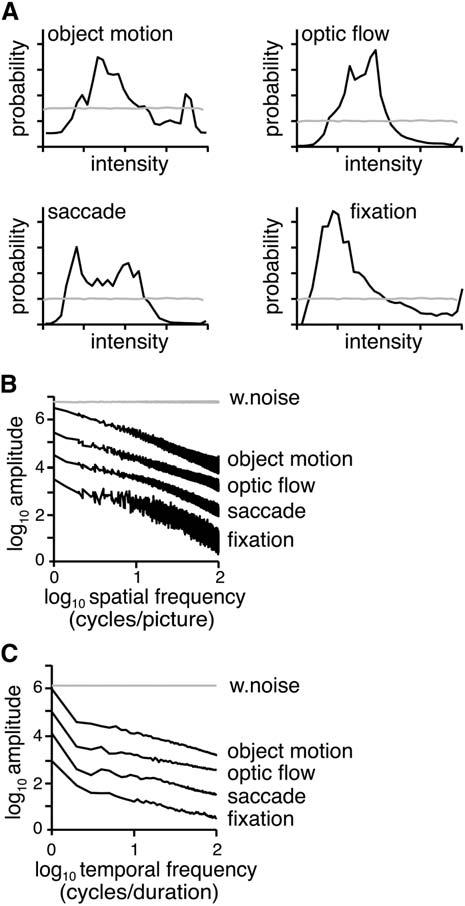A closer look at the retina’s role in compressing and transmitting visual data to the brain
- The retina compresses a significant amount of visual information before sending it to the brain.
- For every 1Gb collected by the eye, only 1Mb is sent to the brain through the optic nerve, with less than 100 bits being utilized.
- The retina’s processing speed is around 875Kbps, similar to broadband internet speed.
- The retina consumes 50% more energy per gram compared to the rest of the brain.
- The majority of energy usage in the retina is for function-related processes, with only a small fraction for “vegetative metabolism.”
The human eye is a marvel of nature, processing an incredible amount of information. However, only a small fraction of that information reaches the brain. For every 1Gb collected by the eye, only 1Mb is sent to the brain via the optic nerve, and less than 100 bits are utilized.
The retina’s processing speed is around 875Kbps, which is comparable to broadband internet speed. This remarkable organ is not only a sensor but also a processor, making it a unique part of the brain that directly faces the world. The retina consumes 50% more energy per gram than the rest of the brain, highlighting its critical role in processing visual data.



Central nervous system (CNS) tissue is known to have high energy requirements, but little is known about which cell types and neurophysiological functions consume the most energy. In experiments on rabbit retinas, researchers measured O2 consumption and lactate production under different physiological conditions. The majority of energy usage in the retina was found to be for function-related processes, with less than 5% for “vegetative metabolism,” or anabolic reactions essential for viability. Sodium transport accounted for 50% of the energy generated.
Given these findings, a multimodal GPT-5 model could potentially operate at human-level capacity via broadband internet if it could approximate the retina’s data processing bottleneck. The question remains whether the reduction in data volume is due to compression or selection.
The relationship between the eye and the brain raises fascinating questions about how humans store and process visual data. If our vision is blurry, it can be difficult to focus our thoughts. Additionally, when trying to recall information, people often move their eyes around, suggesting a strong connection between our eyes and memory storage. Understanding the retina’s role in data compression and transmission could have significant implications for AI development and cognitive science.
